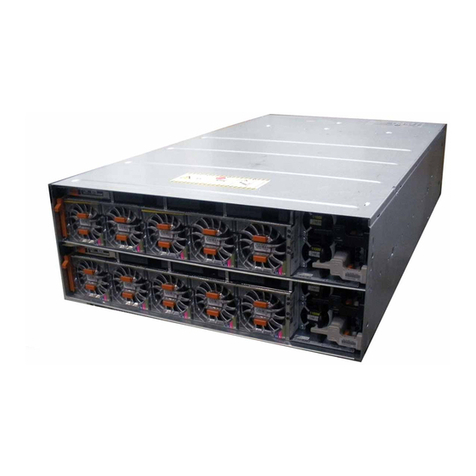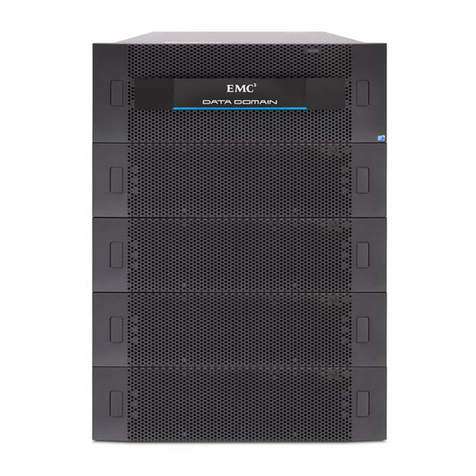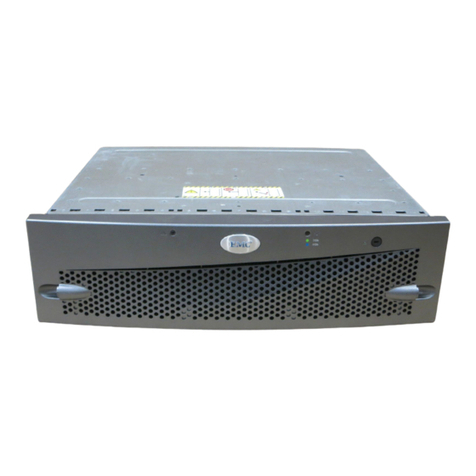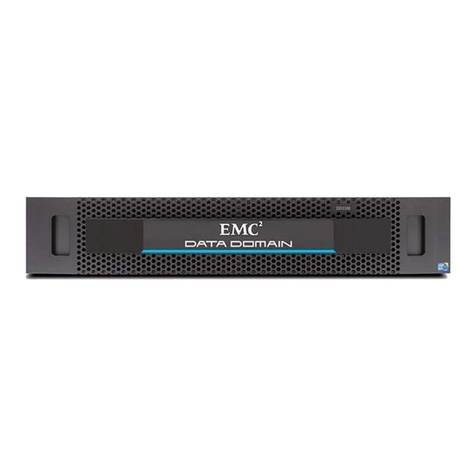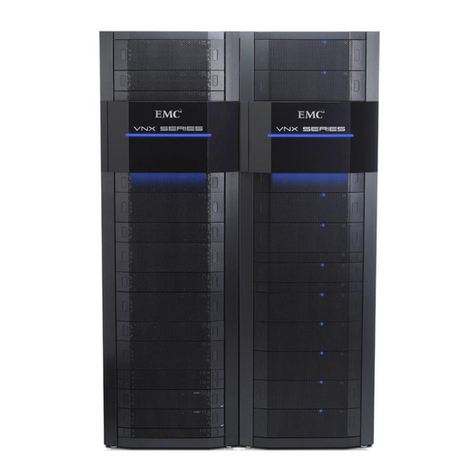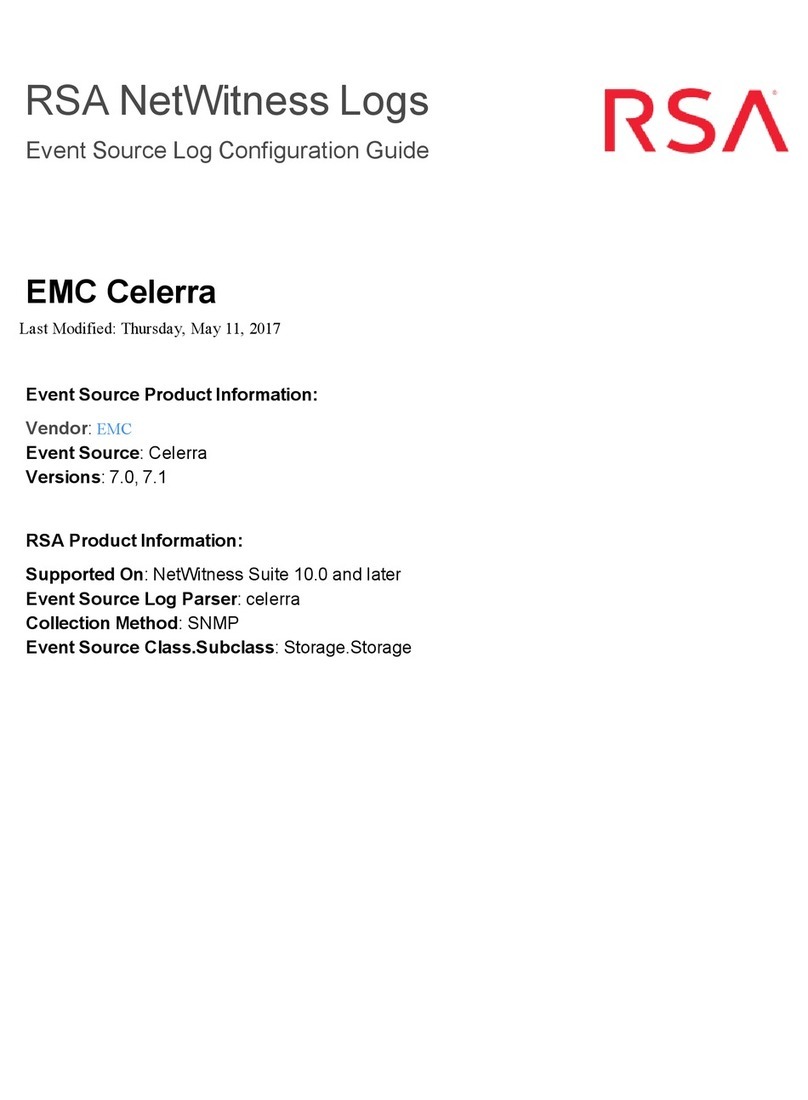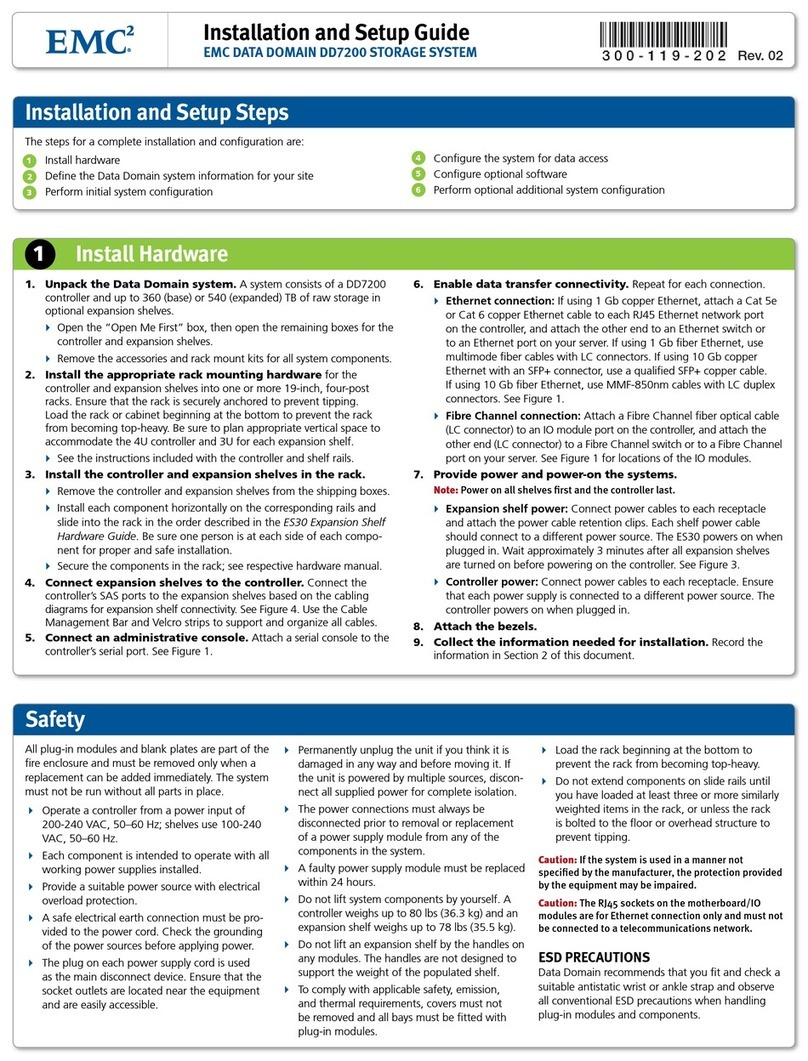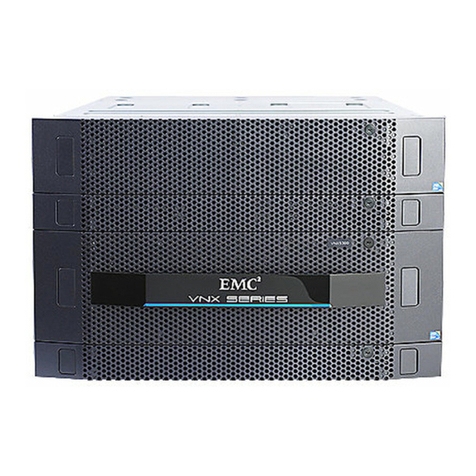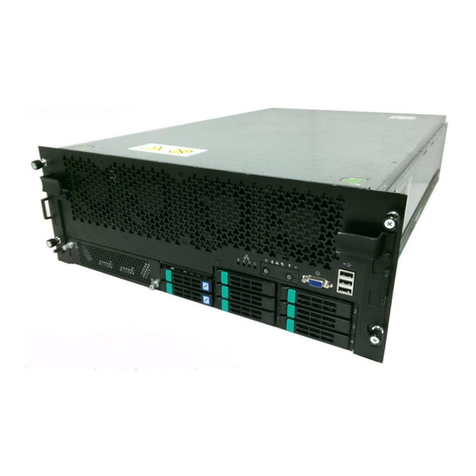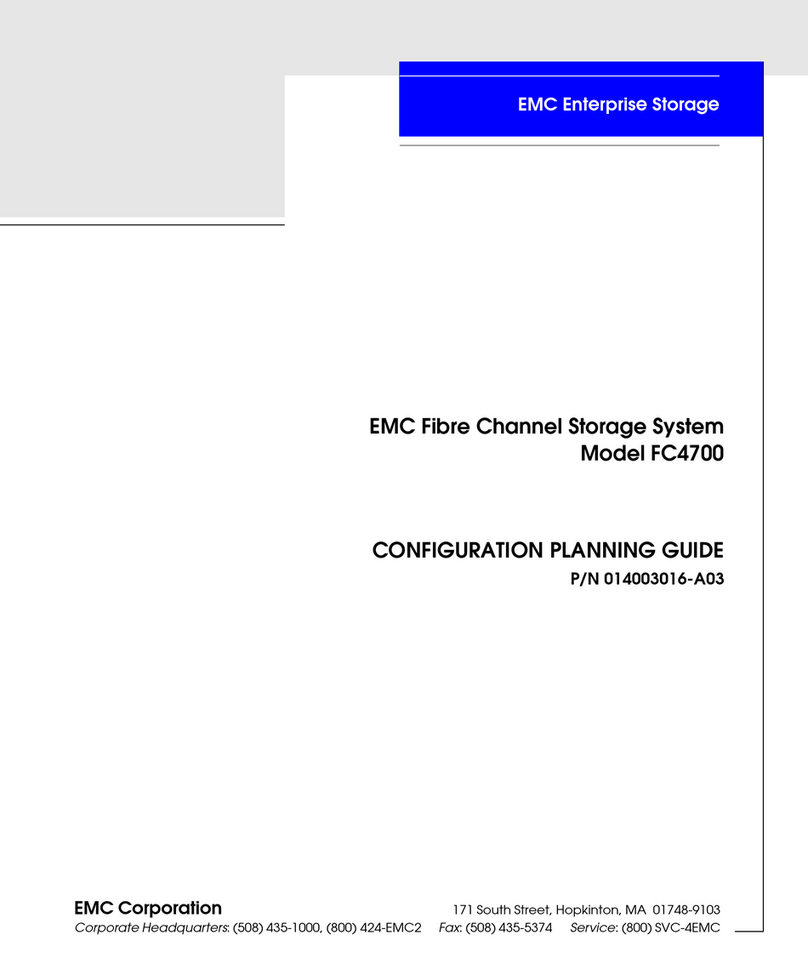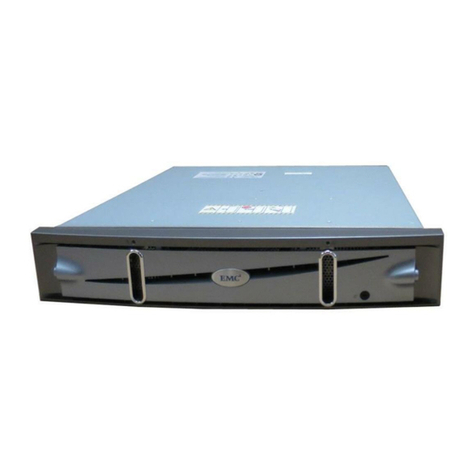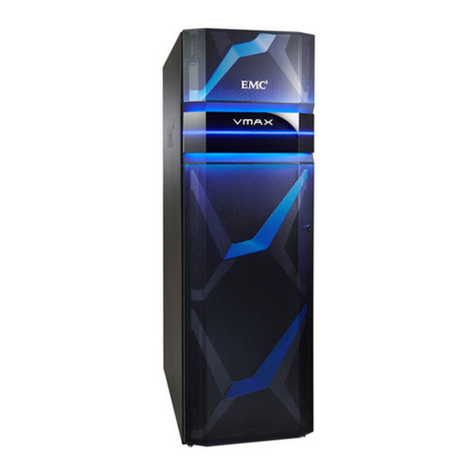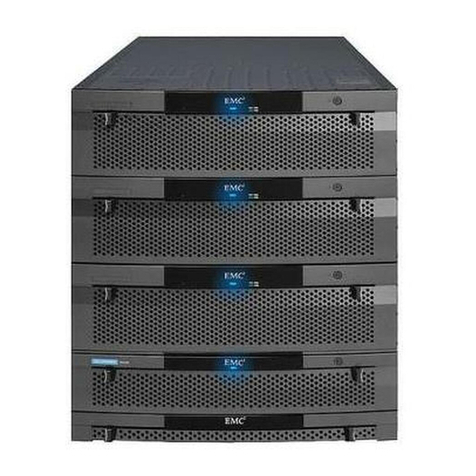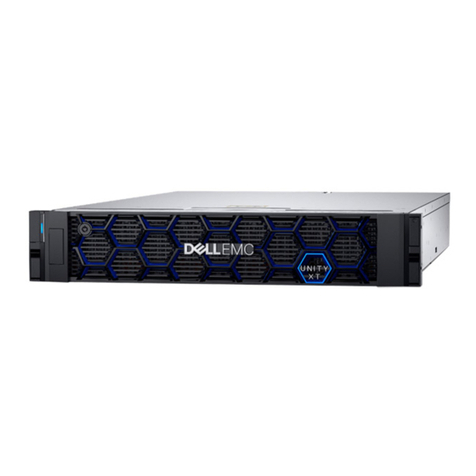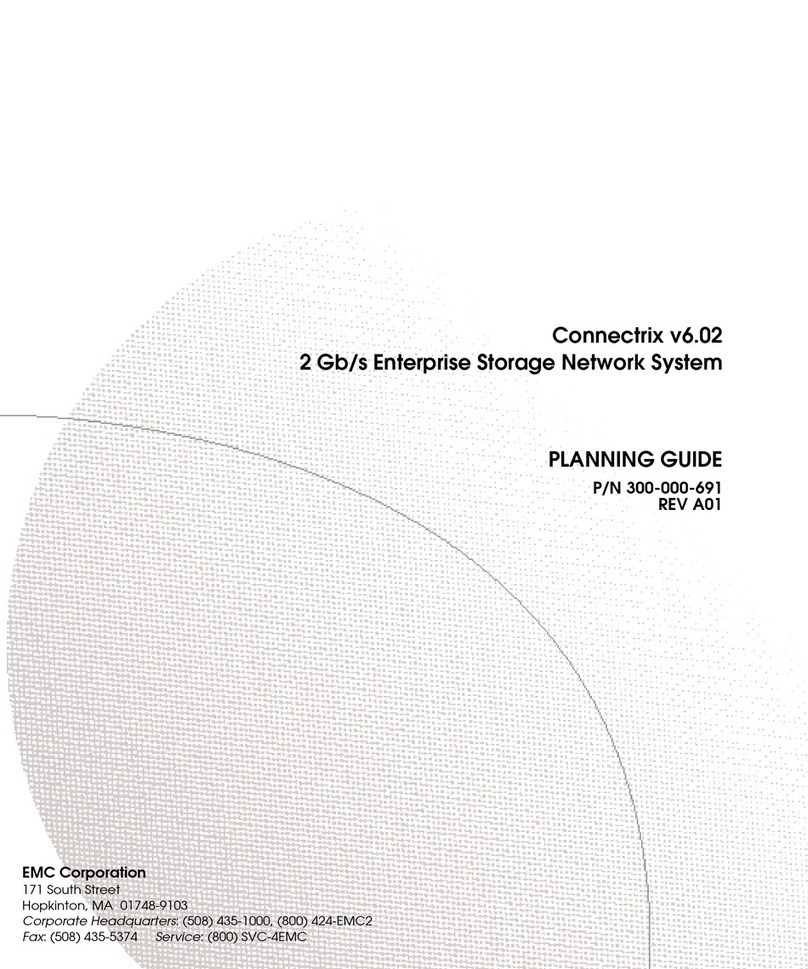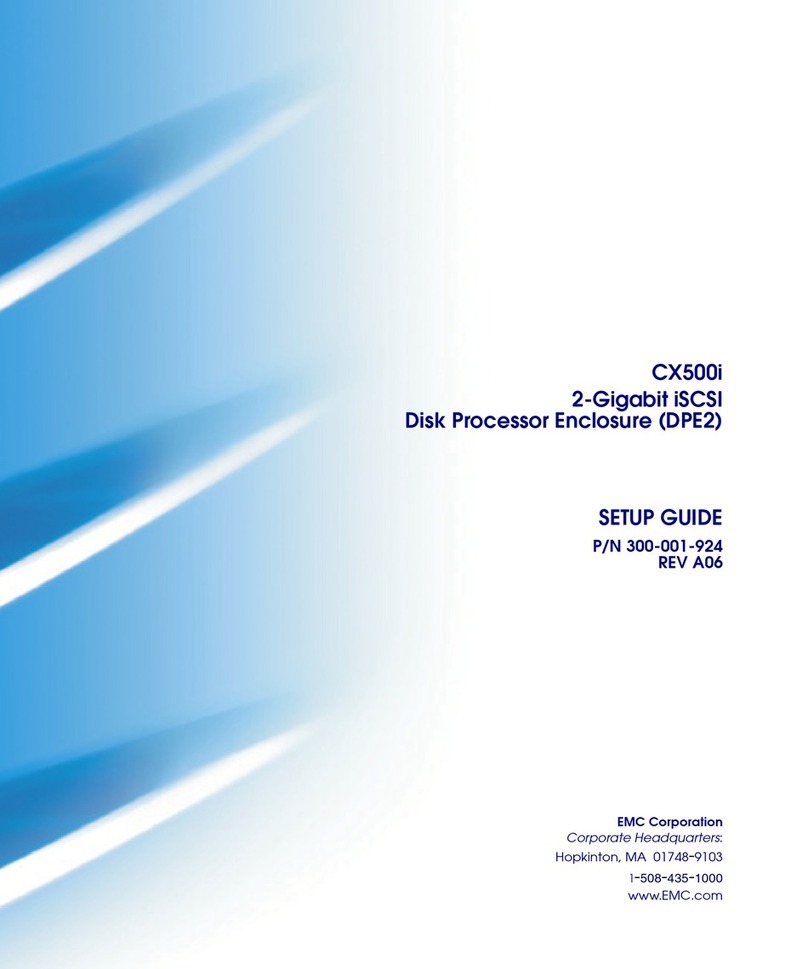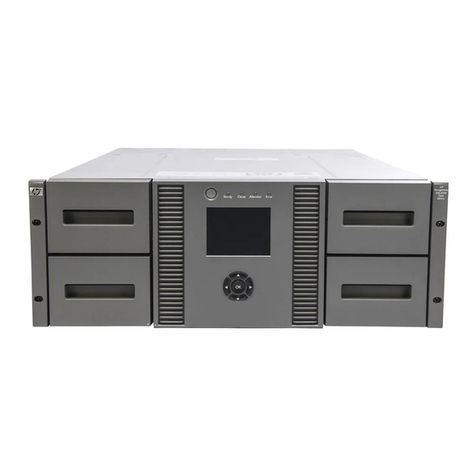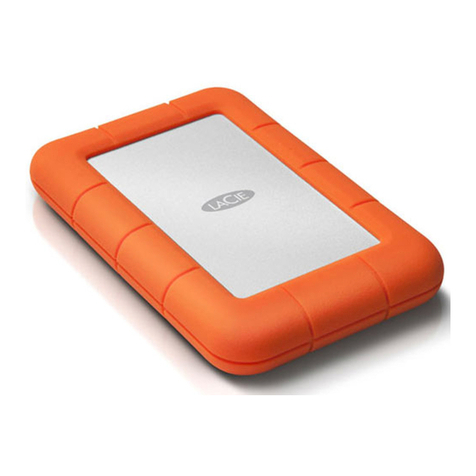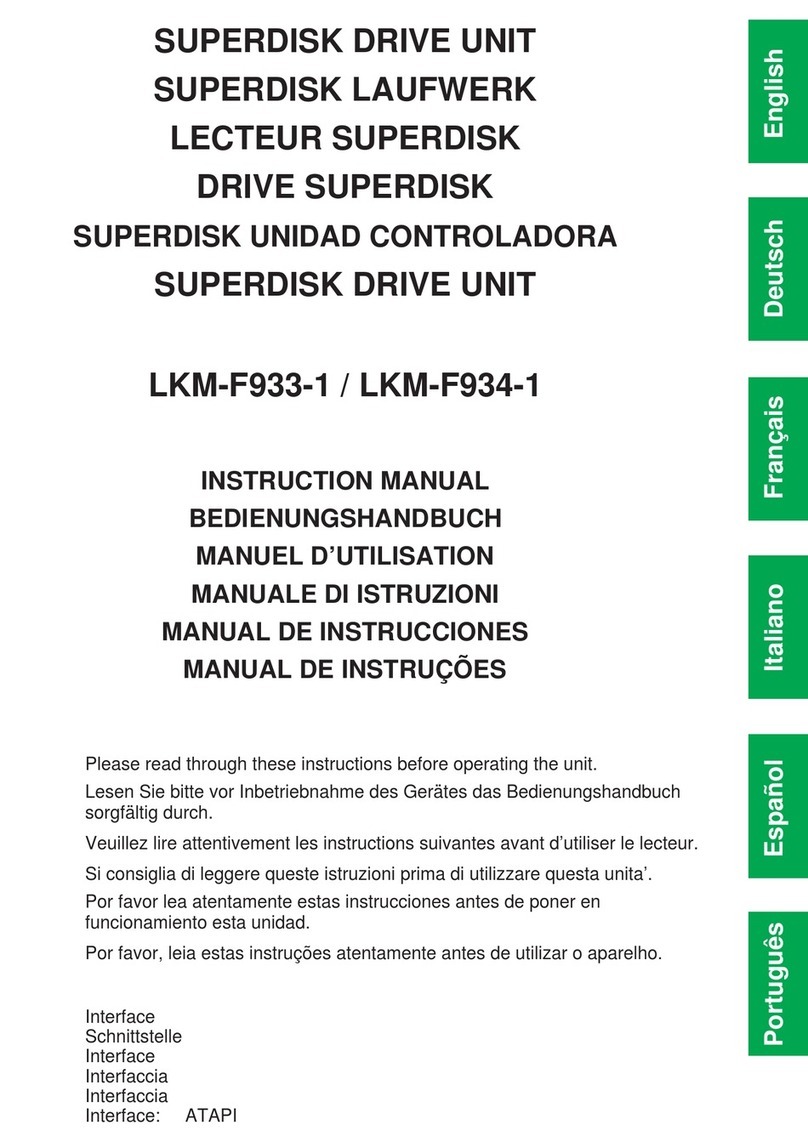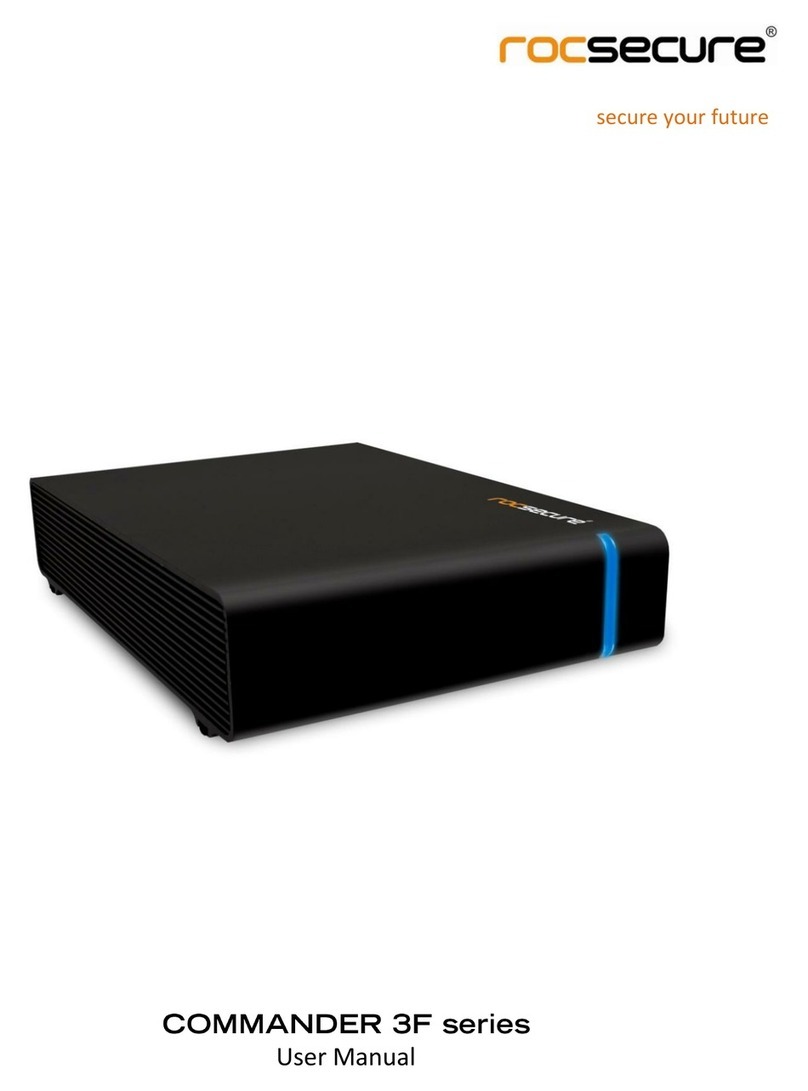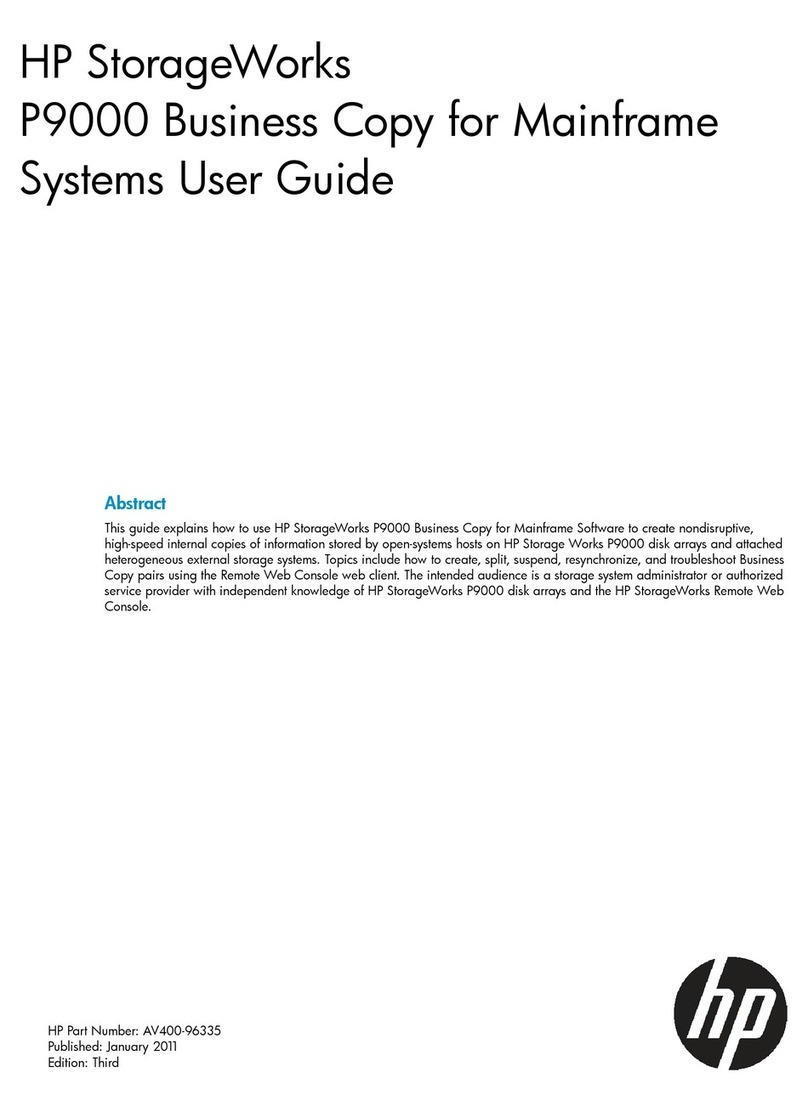
EMC Disk Library for mainframe Physical Planning Guide
4
Contents
Storage bay ................................................................................. 29
DAE ............................................................................................. 29
Modems ...................................................................................... 30
DLm4020 overview .......................................................................... 31
DLm4020 system........................................................................ 31
DAE ............................................................................................. 32
Modems ...................................................................................... 32
DLm4080 overview .......................................................................... 33
System bay.................................................................................. 33
Storage bay ................................................................................. 34
NAS Expansion bay .................................................................. 34
DAE ............................................................................................. 34
Modems ...................................................................................... 34
Installation information ................................................................... 36
Chapter 3 Physical and Environmental Specifications
Physical data...................................................................................... 38
Environmental data.......................................................................... 39
Air flow ....................................................................................... 39
Environment acclimation ......................................................... 39
Power and cooling data ............................................................ 41
Chapter 4 System Placement
Placement options............................................................................. 44
DLm120 configuration floor cutouts ...................................... 44
DLm960 configuration floor cutouts ...................................... 45
DLm4020 configuration floor cutouts .................................... 45
DLm4080 configuration floor cutouts .................................... 47
Chapter 5 Power Requirements
DLm power requirements ............................................................... 50
Single-phase power extension cords and connectors............ 54
DLm touch current compliance...................................................... 59
Regulatory compliance .................................................................... 60
Choosing a UPS................................................................................. 61
Index
